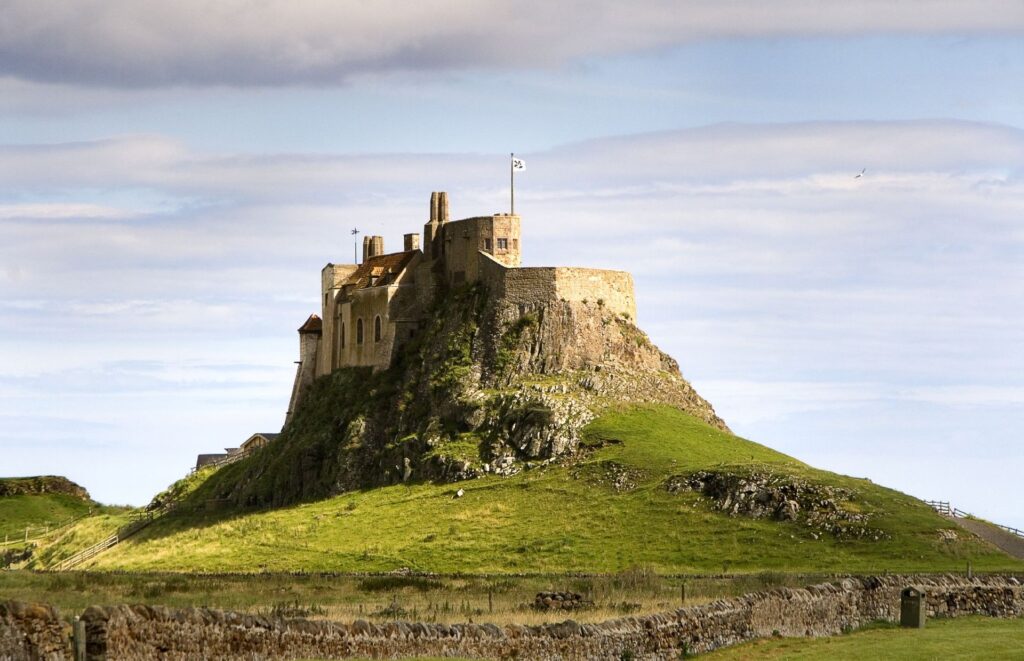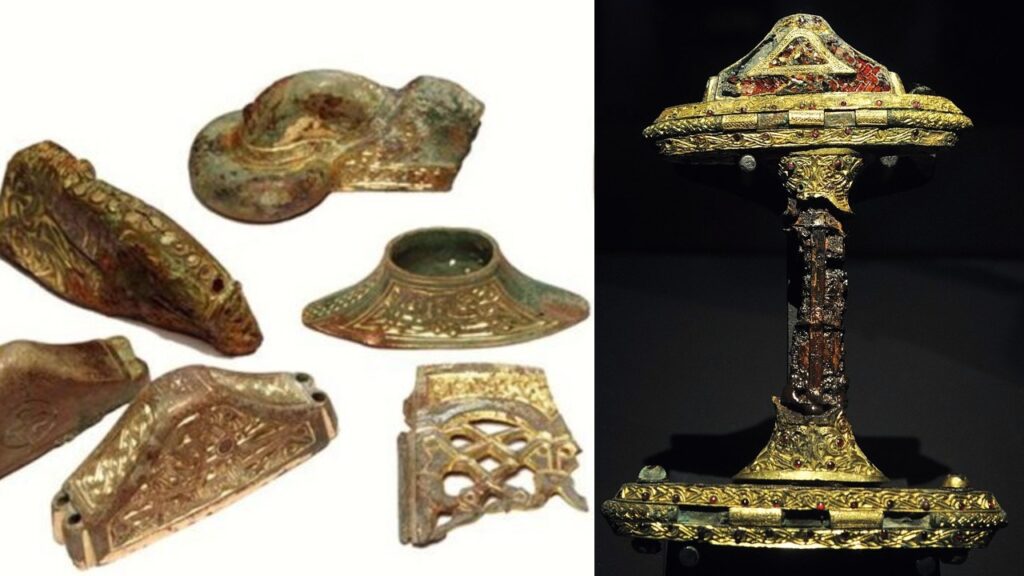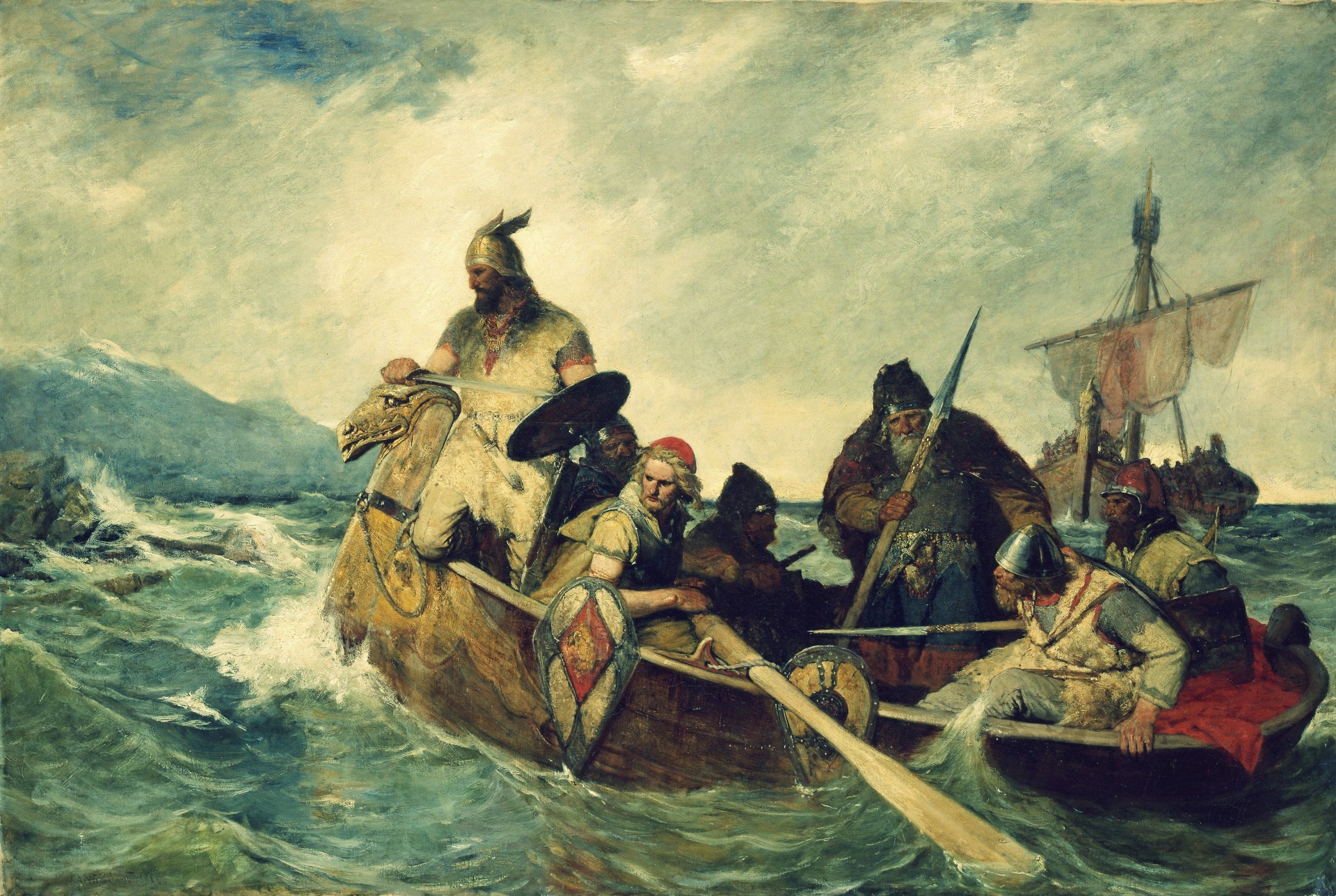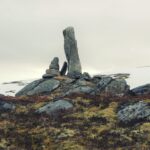Human history (and prehistory) extends over three million years, meaning that archaeologists and historians have got a lot on their plates to sort through. When dealing with such an enormous span of time, one way we can make the task easier is by dividing that chronology into shorter periods, defined by various different qualities in different parts of the world, so that we can narrow down the scope of research. For instance, in Scandinavia, the Iron Age (the period when iron was the main material for making tools) lasted from about 500 BCE to 1100 CE; 1600 years, a much narrower frame than the approximately 12,000 years humans have inhabited Scandinavia! Even this is quite a long time, though, during which a great deal of cultural change took place, and so the Nordic Iron Age was divided up into several even narrower periods: the Pre-Roman Iron Age, Roman Iron Age, Migration Period, Merovingian/Vendel Period, and Viking Age.
Trying to define periods like this is tricky, however, for a variety of reasons. One of these is that very few “periods” begin with a single, catastrophic event that changes everything. Most of the time, a period is just a smooth evolution from the one that came before it; people living through these “transitions” didn’t even know a transition was occurring. If historians in two thousand years decided that this year marked the beginning of a new period, you would not know it! But for practical reasons, this system is still essential for studying the past.
When we look for a start of the Viking Age, one date tends to stand out above all others: 793 CE, the sacking of Lindisfarne monastery, England. This sudden, ferocious, sacrilegious attack was immediately fixed in the Western consciousness—but was it really so new? It was not an event that the English had been prepared for, and yet, it was not altogether unprecedented: the earliest warning of Norse aggression against Christian England occurred several years prior, when a small force of Danes arrived on the shores of Dorchester, southern England, resulting in a fatal skirmish. Though a minor scuffle in the grand sweep of history, it shows how even a seemingly small event can prelude something much bigger.

But the English and the Norse were not strangers before this point. The Anglo-Saxons (the English themselves) were partly descended from Danish immigrants during the Migration Period. The famous ship burial at Sutton Hoo, with its striking similarities to the boat burials of Valsgärde and Vendel, speaks to contact with Sweden during the Merovingian/Vendel Period. This, in particular, is important, because it shows that not all English-Norse contact was unfriendly, and in fact there may have been significant cultural sharing going on. So, we might say that the Viking Age in England began when that contact started to become hostile, characterized more by raiding than by cooperation, around 790 CE.
And this is a crucial factor we must keep in mind when we go searching for the start of the Viking Age: that the answer will depend on where we are searching.
But zooming out from England and taking the long view, it is fair to say that something like the Viking Age —characterised by its far-reaching travel, trading, and raiding— had already been underway for decades elsewhere. Across the North and Baltic Seas we come to the island of Saaremaa, Estonia, where two ship burials have been unearthed at the site of Salme. These ships, dated to the mid-700s CE (during what is traditionally defined as the Merovingian/Vendel Period), contained over forty men buried with weapons and equipment reminiscent of the boat burials at Valsgärde, Sweden. Thanks to molecular studies of the skeletons, it has been confirmed that the men buried in these ships did indeed originate from central-eastern Sweden, and that their deaths occurred during a single expedition gone terribly wrong.

So, with this in mind, clearly the Danes who attacked Dorchester and Lindisfarne were not the first Vikings—they were rather late to the game, in the big scheme of things! And this is a crucial factor we must keep in mind when we go searching for the start of the Viking Age: that the answer will depend on where we are searching. By the time the English and Irish lamented their torment by the Vikings, the eastern Baltic had already been dealing with regular Norse contact for a long time. Evidence from Iron Age sites like Grobina and Truso, in Latvia and Poland, show that Scandinavians had been living, working, and trading across the Baltic for generations prior to the traditional start of the Viking Age; and Salme shows that they had been raiding at least decades before. Conversely, other areas of Europe had to wait even longer for their first Viking raids: it was not until 860 CE that the first Viking ships made land on the Italian peninsula. It is hard to argue that the Viking Age began in Italy in 793 CE when no actual Vikings would turn up for another 70 years.
In fact, many of what we consider hallmarks of the Viking Age are just intensifications of what came before: voyages became far longer; networks expanded; and raids boomed in scale, frequency, and reach.
What all this should illustrate is how problematic it is to define any cultural era that only gradually, and asymmetrically, became global in scope by a single event in a single country. But there is another, even trickier question to consider here: what exactly was it that made the Viking Age unique, that set it apart from what had come before? Consider the activities that characterize the Norsemen of this age—exploration, trade, raiding. The people we call the Vikings did all of these things, of course, and yet none of these things was “new” to them. In fact, many of what we consider hallmarks of the Viking Age are just intensifications of what came before: voyages became far longer; networks expanded; and raids boomed in scale, frequency, and reach. Even certain technologies characteristic of the Vikings, especially their famous ships, had evolved out of forms that came before. Scandinavians had been seafarers for thousands of years already, and evidence from boat burials and picture stones attest to technologically advanced ships centuries before even the Salme boats were laid to rest.
So where shall we draw the line in the sand? When did the Norse stop simply being seafarers, traders, and raiders, and start being “Vikings”? From an archaeological perspective there is no clear line delineating the Merovingian/Vendel Period and the Viking Age within Scandinavia itself—there is only a smooth evolution of customs, technology, and cultural practices, evolution which occurred in response to changing conditions throughout the world (and which by no means occurred in the same way everywhere even within the Norse world). Areas outside Scandinavia might like to identify the start of the Viking Age by an historical event—the first time they suffered a Viking raid—but this gets us no nearer to answering what it was that made the Viking Age different than what came before. The problem is that the actual passage of time does not usually lend itself to being split up into neat blocks; it is a gradient, with each day, year, and “age” blending smoothly into the next, with thousands of small changes eventually adding up into very different societies. Ages, in this sense, are just the ways that we in the present conveniently divide up the past to study it more effectively.
It seems pertinent, to the Vikings, to think of a river meeting the ocean. There is no clear line between the fresh and salt water; over time, one seamlessly melds into the other. And yet there is clearly a river and an ocean, two different bodies of water. So it is with history. When we step back to view history in the long duration (or, as archaeologists like to call it, la longue durée) we can identify different time periods in broad strokes: but the more we narrow our gaze, the more elusive the borders become.
More interested in the Samle ship burials?
Read more here:
Photo: Cover photo: Oscar A. Wergeland, 1877, Nordmennene lander på Island år 872. Nasjonalmuseet/Lathion, Jacques.
Other Photos: Lindisfarne: Matthew Hunt, Wikipedia.
Salme pommel: Reet Maldre.
Valsgärnde hilt: Joe Mabel, Wikipedia.
Text: Christopher Nichols 2021. Copyright 2021 Scandinavian Archaeology.
About the author

Christopher Nichols
Archaeologist with a Bachelor of Arts from Simon Fraser University (Vancouver, Canada) and a Master of Arts from Uppsala University (Uppsala, Sweden). My specialisation lies in bioarchaeology broadly, with a primary focus on mammalian zooarchaeology, and a special interest in the Late Iron Age of Scandinavia (though you can occasionally catch me sniffing around Egypt as well).
In my Master research I conducted an osteological analysis of domestic dog remains from Valsgärde cemetery, Sweden. The aims were to identify the number of dogs buried at the site, reconstruct the appearance of the dogs, and identify any patterns and changes between the Vendel Period and Viking Age.
I’ve always been fascinated by the relationship between humans and animals, domestic and wild, in societies throughout the world. Through archaeology, I hope to shed light on this crucial part of our shared heritage.


